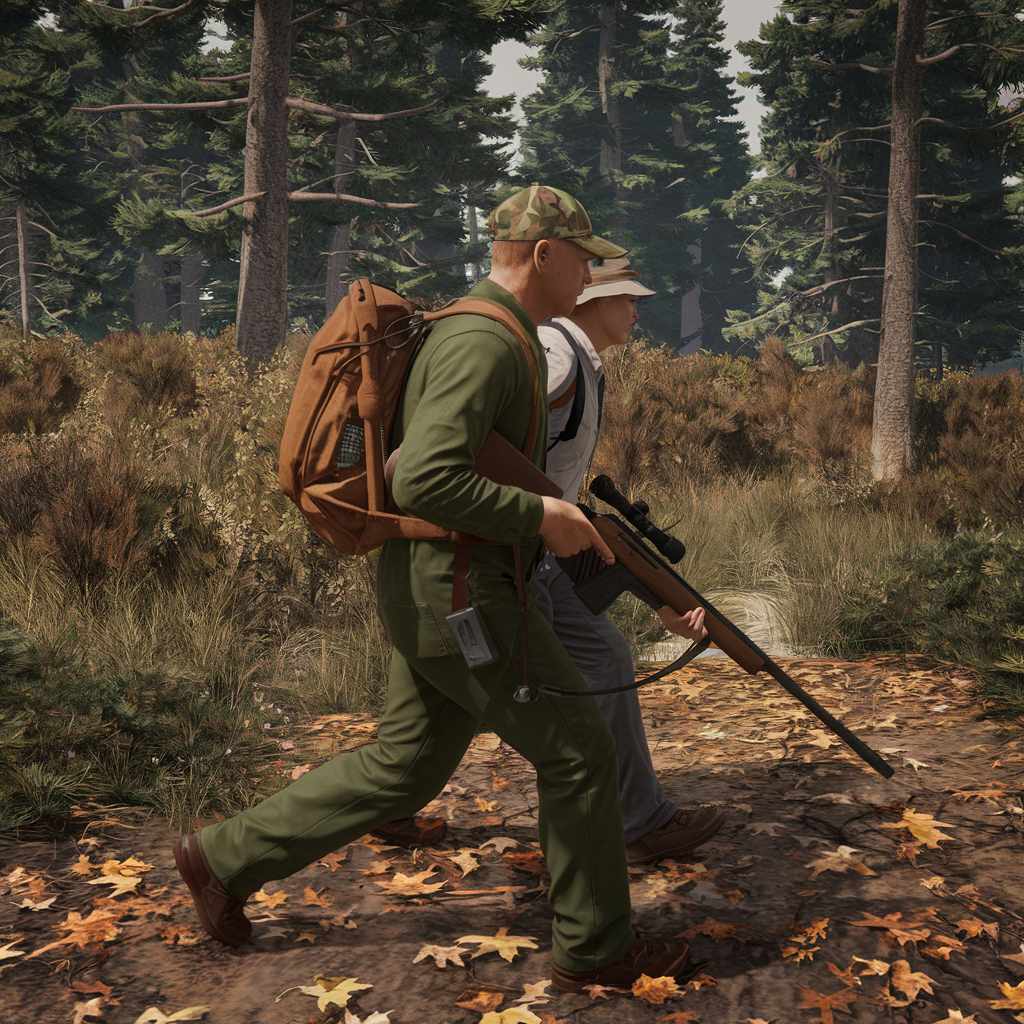Hunting vs. Hiking: How to Coexist in the Outdoors

The great outdoors is a shared space, bringing together people with diverse interests, including hunting and hiking. While both groups enjoy nature, they often find their activities overlapping, which can lead to potential challenges. To foster safety, respect, and enjoyment for everyone, it’s essential to strike a balance. Let’s explore how hunters and hikers can coexist while making the most of outdoor adventures.
Understanding the Shared Space
Public lands such as national forests, wildlife management areas, and state parks are frequented by hunters and hikers alike. Each group has the right to enjoy these spaces, but it’s crucial to understand that their activities may intersect. Cooperation starts with a mutual respect for each other’s goals and an awareness of the surroundings.
Key points to keep in mind:
- Hunters often visit the outdoors during specific seasons and times, while hikers may use the trails year-round.
- Local and state regulations may dictate which activities are permitted in certain areas. Knowing these rules helps both groups plan accordingly.
Safety Tips for Hunters and Hikers
Safety is a priority for everyone in the outdoors. Here are practical measures that each group can take to minimize risks:
For Hunters
- Identify designated hunting zones and ensure you stay within legal boundaries.
- Wear blaze orange or other highly visible gear, even if it’s not legally required. Visibility is essential for avoiding accidents.
- Be aware of trail systems and avoid discharging your firearm near popular hiking trails.
- Double-check your target and what lies beyond it before pulling the trigger. Hikers or other outdoor enthusiasts may be nearby.
For Hikers
- Wear bright or reflective clothing to ensure visibility, especially during hunting seasons.
- Stick to marked trails and avoid wandering into areas where hunting is allowed.
- Check local hunting schedules and avoid peak times, such as early morning or dusk, to reduce encounters.
- Communicate with hunters if you encounter them. A simple acknowledgment can foster mutual respect.
Avoiding Conflict Through Communication
One of the easiest ways for hunters and hikers to coexist is through open communication. A simple conversation or a friendly gesture can go a long way in preventing misunderstandings.
Ways to maintain open lines of communication:
- Post signs where hunting activities are planned, letting hikers know where to exercise extra caution.
- Hikers can make noise as they walk to alert nearby hunters of their presence without disturbing wildlife too much.
- Engage in positive interactions if paths cross. A polite “hello” can set the tone for a cooperative experience.
Planning for Harmony
To enjoy a safe and enjoyable outing, preparation is key. Whether you’re a hunter gearing up for the season or a hiker planning your next trail adventure, a little forethought ensures a better experience for all.
For Hunters
Before heading out, consider these steps:
- Review maps of the area and know the location of hiking trails and campgrounds.
- Check the weather and plan your hunt during less busy times to reduce the chances of overlap with hikers.
- Bring extra gear like reflective tape or markers to create a safer environment.
For Hikers
Smart planning makes all the difference:
- Research which areas and parks allow hunting, and seek out alternative trails during active seasons.
- Be prepared with a map, compass, or GPS so you can navigate safely without venturing into hunting zones.
- Travel in groups, as larger parties are more noticeable and less likely to be mistaken for game.
Responsible Outdoor Ethics
Practicing outdoor ethics ensures the environment—and everyone sharing it—is respected. Hunters and hikers both have a responsibility to tread lightly and leave nature in the same condition they found it.
Leave No Trace
Both groups can benefit from adhering to “Leave No Trace” principles. These include:
- Packing out trash and waste.
- Staying on designated trails and paths to preserve vegetation.
- Avoiding damage to wildlife habitats or ecosystems.
Sharing Knowledge
Hunters often have deep knowledge of animal behavior and natural patterns, while hikers may have insights into trail systems and seasonal changes. Sharing information benefits everyone and promotes a sense of community in the outdoors.
Conclusion
By respecting boundaries, communicating openly, and practicing responsible outdoor ethics, hunters and hikers can coexist peacefully. The outdoors offers something for everyone, and fostering mutual respect ensures it remains a source of enjoyment for years to come. No matter your activity, remember that we all share the responsibility of preserving these spaces and ensuring each trip is as safe and enjoyable as possible.
Ready to hit the trails or gear up for your next hunt? Check out 2AGun.com for expert advice, top-rated gear, and tips for staying safe and responsible outdoors.



